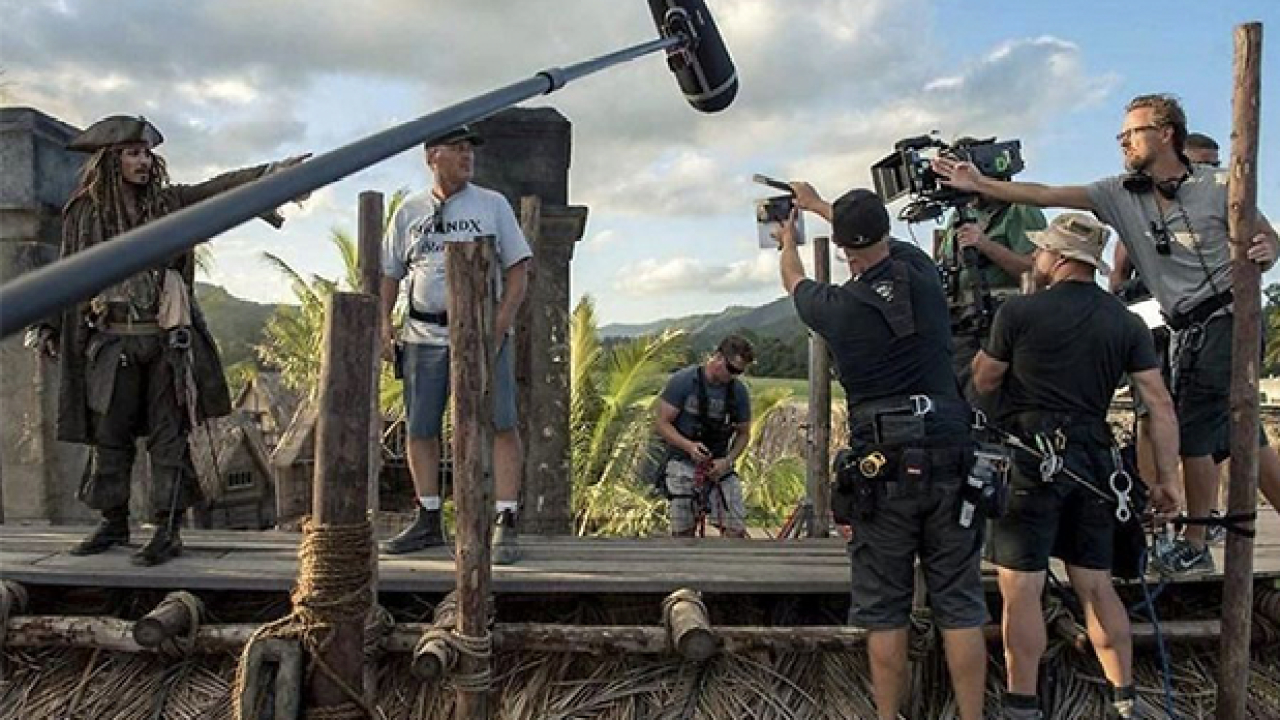Sound is a crucial element of the filmmaking process that often goes unnoticed by viewers. However, without sound, films would be a hollow experience that lacks the emotional depth and realism that draws us into the story. In this article, we will explore the importance of sound in films and examine some examples and case studies that illustrate its impact on the viewer.
One of the earliest examples of sound in films is the use of synchronized sound in the 1927 film "The Jazz Singer." This groundbreaking film introduced synchronized sound to the world and changed the way films were made forever. It enabled filmmakers to incorporate dialogue, music, and sound effects into their films, which added a new level of realism and emotional depth to the viewing experience.
Since then, sound has played a critical role in the art of filmmaking. It can set the mood, create tension, and guide the viewer's emotional response to the story. For example, in Steven Spielberg's "Jaws," the iconic musical score by John Williams builds tension and creates a sense of impending danger, even when the shark is not on screen. The music becomes an integral part of the film's storytelling, enhancing the suspense and fear felt by the characters and the audience.
Another example of the importance of sound is in Francis Ford Coppola's "Apocalypse Now." The film's immersive sound design, which included helicopter blades whirring and bombs exploding, created an intense and chaotic atmosphere that reflected the brutality of the Vietnam War. The sound played a critical role in conveying the film's themes and emotions, making it a powerful and unforgettable cinematic experience.
Sound is also an essential tool for filmmakers to guide the viewer's attention and highlight important details in the story. In the Coen Brothers' "No Country for Old Men," the sound design helps to create a sense of unease and tension as the audience follows the character Anton Chigurh, played by Javier Bardem, on his murderous rampage. The sound of his boots clicking on the floor is used as a motif throughout the film, drawing the viewer's attention to his presence and his ominous intent.
In addition to its emotional and narrative impact, sound is also vital for technical reasons. Proper sound recording, mixing, and editing can make or break a film's production value. In the 2015 film "Mad Max: Fury Road," the sound design played a crucial role in creating the film's immersive and intense world. The sound team used a combination of practical effects and digital processing to create the film's signature sound, which included the revving of engines, the screeching of tires, and the explosive crashes that punctuate the film's high-octane action sequences.
In conclusion, sound is a crucial element of the filmmaking process that should not be overlooked. It enhances the emotional depth and realism of the story, guides the viewer's attention and emotional response, and can even be a critical factor in a film's technical production value. From the earliest days of synchronized sound to the cutting-edge sound design of today's blockbusters, sound has played a vital role in the art of filmmaking.

Comments